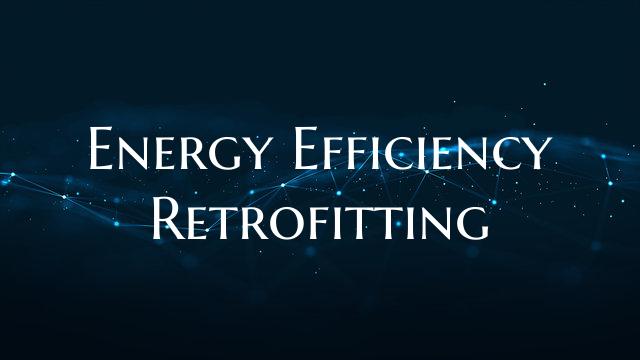Energy Efficiency Retrofitting
Introduction: Energy efficiency retrofitting is a crucial aspect of sustainable building practices aimed at reducing energy consumption and environmental impact. Retrofitting involves upgrading existing buildings with modern technologies and improvements to enhance energy efficiency, thus minimizing energy costs and carbon footprint. This approach not only benefits the environment but also improves occupant comfort and health. This article explores the importance of energy efficiency retrofitting and the various ways it can be implemented to create more sustainable and comfortable living and working spaces.
Benefits of Energy Efficiency Retrofitting: 1. Cost Savings: One of the primary benefits of energy efficiency retrofitting is the significant reduction in energy costs. By upgrading lighting, HVAC systems, insulation, and windows, building owners can lower energy bills and operating expenses in the long term. 2. Environmental Impact: Retrofitting buildings for energy efficiency can help reduce greenhouse gas emissions and overall environmental impact. By consuming less energy, buildings contribute to a more sustainable future and combat climate change. 3. Improved Comfort: Upgrading building systems can lead to improved indoor air quality, better temperature control, and increased natural light, enhancing overall occupant comfort and well-being. Residents or employees in energy-efficient buildings often experience increased productivity and satisfaction. Ways to Implement Energy Efficiency Retrofitting: 1. Lighting Upgrades: Replacing outdated lighting fixtures with energy-efficient LED bulbs can significantly reduce electricity consumption and improve lighting quality. 2. HVAC System Optimization: Upgrading HVAC systems with energy-efficient models, regular maintenance, and smart controls can enhance indoor comfort while reducing energy usage. 3. Insulation and Air Sealing: Proper insulation and air sealing can prevent energy losses through leaks and improve overall energy efficiency in buildings. 4. Window Replacements: Installing energy-efficient windows with double or triple glazing can reduce heat transfer and enhance natural lighting, leading to improved energy performance. 5. Renewable Energy Integration: Incorporating renewable energy sources such as solar panels or wind turbines can further reduce reliance on traditional energy sources and increase sustainability.
Conclusion: Energy efficiency retrofitting plays a vital role in creating sustainable and comfortable built environments. By improving energy performance, reducing costs, and minimizing environmental impact, retrofitting offers a win-win solution for both property owners and occupants. Embracing energy efficiency retrofitting not only benefits current generations but also contributes to a greener and more sustainable future for all.

